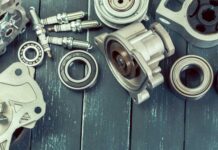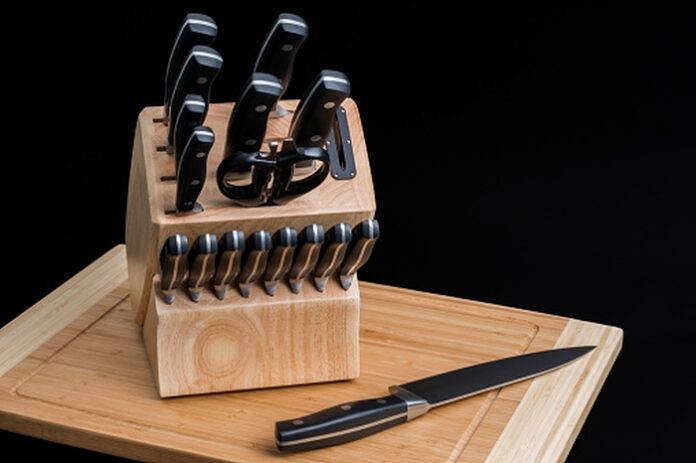
Some people spend quite a lot of time in the kitchen. Be it making meals for now or later or simply preparing ingredients, we are ready to engage with the tasks at a drop of a hat. However, the kitchen and its accessories are just like any other hobby or obligation. They need to be good and of high quality to be useful for our daily tasks.
This goes double for knives because their application is incredibly wide. From cutting meat to dicing vegetables, good kitchen knives shouldn’t be underrated. With the extra concern of different shapes and types, this whole subject becomes rather complex. So let’s check out how to pick out good knives for your kitchen.
Types of knives
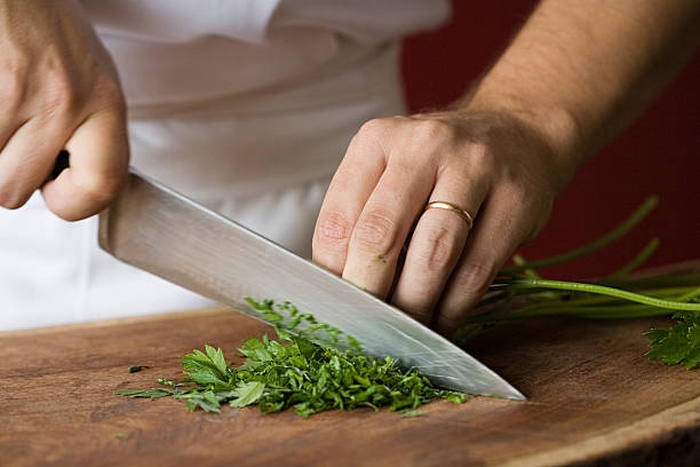
The first thing to consider is the type of knife or knives you need. Not all knives are made for the same purposes and even those that share them could have some differentiating factors. The variety of shapes and sizes means that knives can fill out many tasks. However, some of them are specialized for certain ones meaning we will see them shine in that department but do poorly in others.
If you are unsure what type of knife you need, consider the purpose you need them for and the most common use of knives in your kitchen. Maybe some of your knives fulfill their purpose well but others don’t. For example, the vegetable knife is doing a fine job on every veggie but the bread knife isn’t really up to snuff when cutting loaves. Locate which ones are lacking and replace them.
However, if you need an entire set of knives it’s good practice to look into getting a basic kit of them for your kitchen. An average set like this includes a few different knives.
We’ve already discussed vegetable and bread knives, which are pretty self-explanatory. You also have your all-purpose knives that can be used wherever but don’t excel in any specific field. These knives can be used to cut anything from meat to vegetables, making them handy as a response to any task that doesn’t fit the rest of our set.
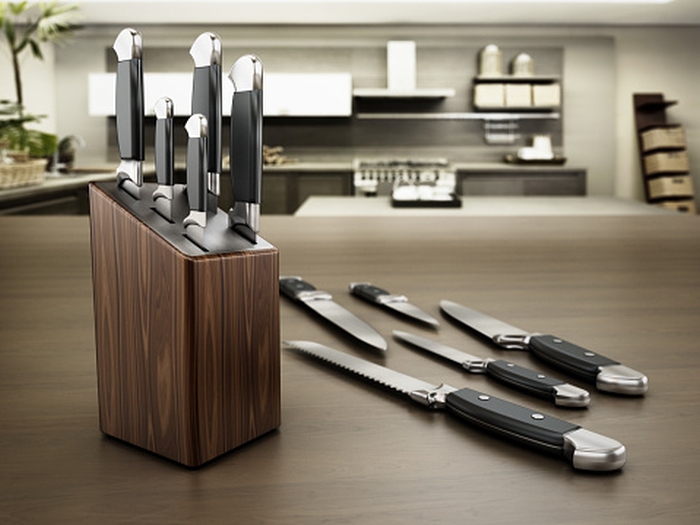
Chef’s knife may seem similar to the previous one with the important distinction that it’s bigger than the all-purpose one. The chef’s knife has a more specialized purpose. That being chopping, dicing, mincing, and cutting of various ingredients we have on hand. The bigger surface also makes it easy to slide the cut ingredients off of it or slice through thicker pieces of meat.
For bonier or overall tougher pieces of meat, we have a cleaver. Cleaver is a potent knife for those who frequently use boney or thick meat that requires more force to separate. Due to its long and straight blade, the cleaver can also be used for dicing. While other knives can fill in this purpose too, a cleaver may feel more natural to some people.
There’s also the filleting knife who has a pretty distinct purpose. You will utilize this kitchen tool to make fillets out of fish and chicken. The knife can be used for other things but due to its style and form, its specialty lies in fillets. While some prefer to buy their food already in fillets, having a knife like this at home is usually decent.
Lastly, a carving knife is there for those who do a lot of roasts and have issues handling them with other knives.
Some sets may include more knives or doubles of some of them. For example, Messerset provides a full slew of knives you may ever need, to learn more about the set itself click here to learn more. Now that you are acquainted with knives themselves, let’s see what makes a knife good and what makes it lacking.
Make note of their material
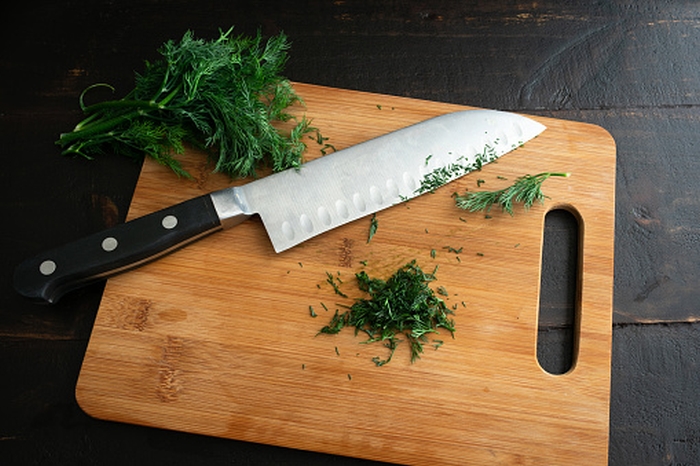
There are a few very common materials used for the creation of knives. These materials have different effects on the overall quality and durability of the knife.
The carbon steel knife is a hard and simple to sharpen knife. The best use of it is for knives that require thinner blades. However, they need extra maintenance to keep in a good shape so be prepared for it. After every use, you need to properly clean and lubricate them.
The next material is stainless steel which can range in quality. While high-quality stainless steel will do a fine job, lower-quality one usually has a few issues. They are often made in cheaper production lines for the sake of being sold for affordable prices. These lower-quality knives will have an issue with keeping their edge even if they are sharpened. However, they are resistant to corrosion so if you aim to get a stainless steel knife aim for a high-quality one. It won’t have issues with retaining the edge while remaining corrosion-free.
Ceramic knives are well known for being extremely sharp and lightweight. They also hold their edge for quite a long time. They do have a certain weakness to them. Namely, they are breakable due to their ceramic structure. Ceramic knives can get chipped or shatter completely if they aren’t handled with care. Use them on food that doesn’t have bones or hard parts that could damage the knife.
Take note of the handle
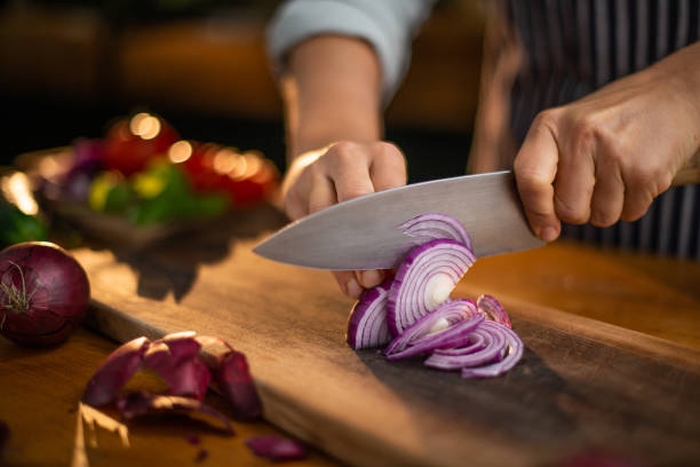
Handles are a short but important subject to pay attention to. The average knife handle can be made out of any number of materials which, together with the quality of its make, can heavily affect its behavior. The feel and grip of the handle usually being the most present ones.
Handles are often the most vulnerable part of the knife and can be loosened up or damaged by various means. However, all of the handles need to provide a good balance and feel to you when used. That way you know that it’s a high-quality handle. Even though they may loosen up over time, you can slow down the process or heavily mitigate it by hand washing the knives.
Maintain and store your knives carefully
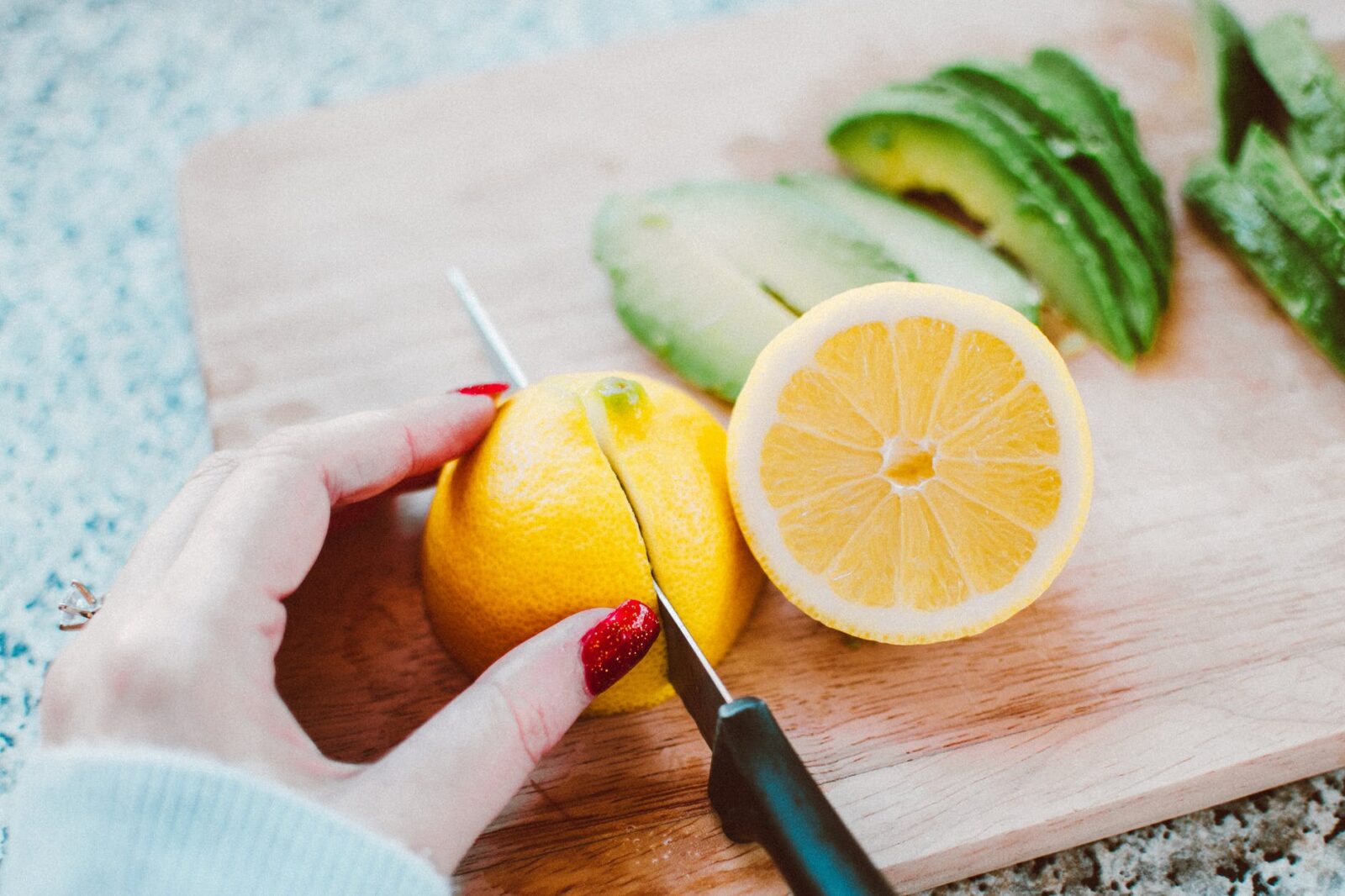
The importance of maintaining and caring for the knives shouldn’t be underestimated. Those who leave their knives out in the open or don’t wash them immediately after use may start noticing side effects of neglect.
While these may start off slow, they will eventually lead to our knives being rendered useless to just about any application. The more sensitive the knife the more important the maintenance becomes. When buying a knife make sure to purchase one that fits your level of use and available time to take care of them. Use the above information to make sure you are treating them right.


